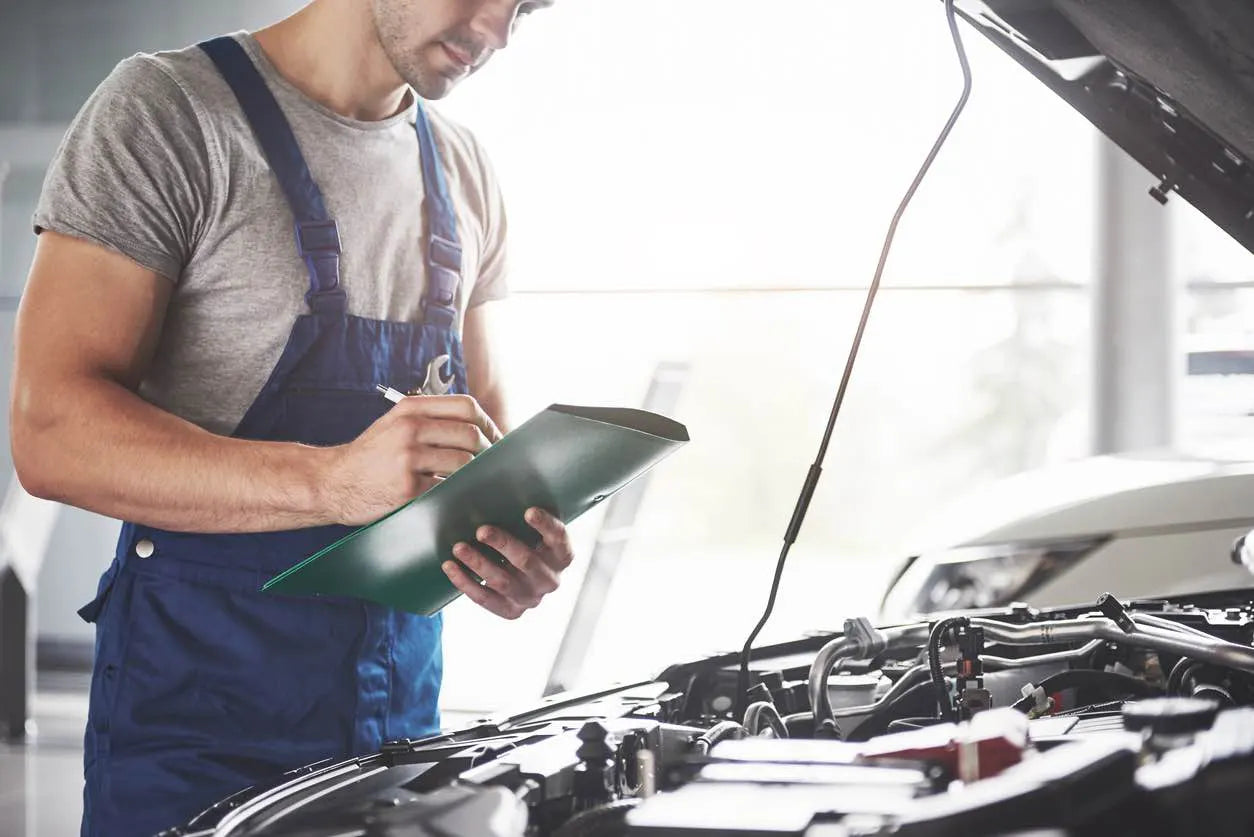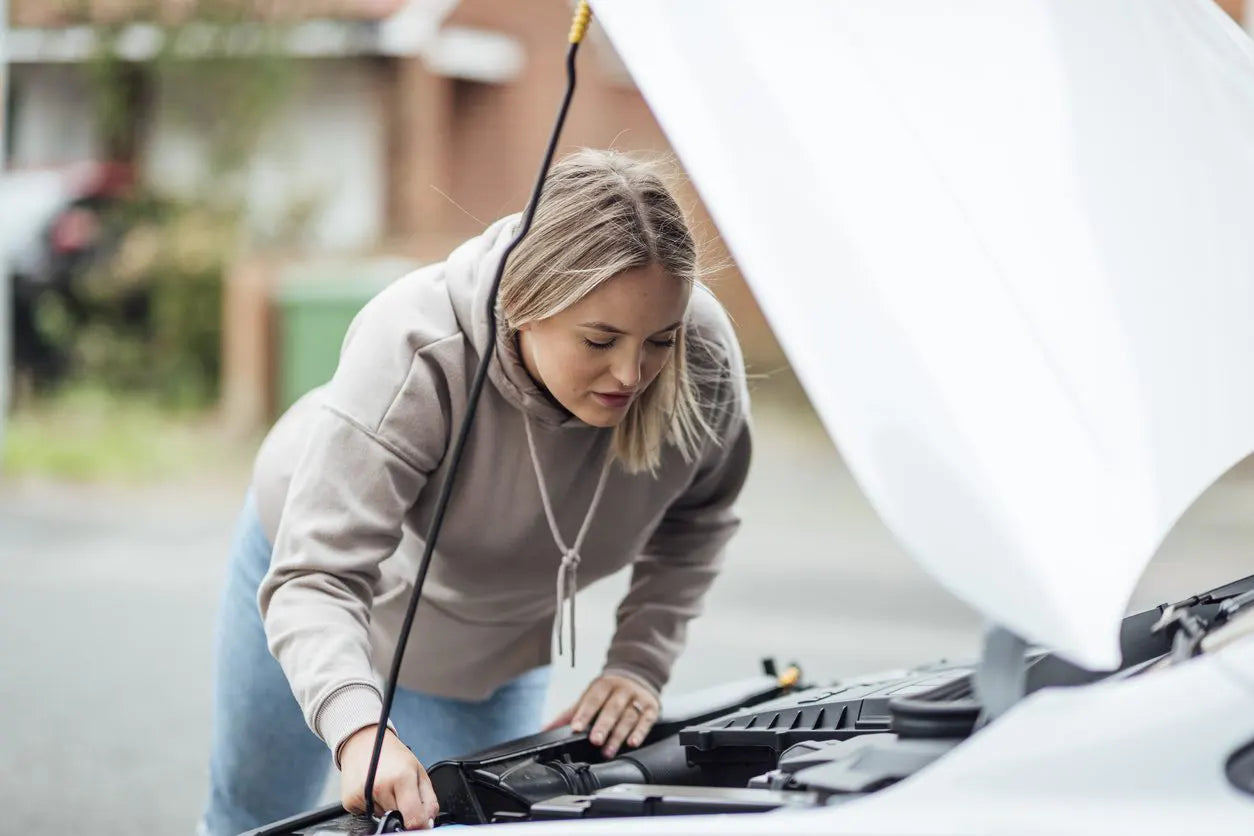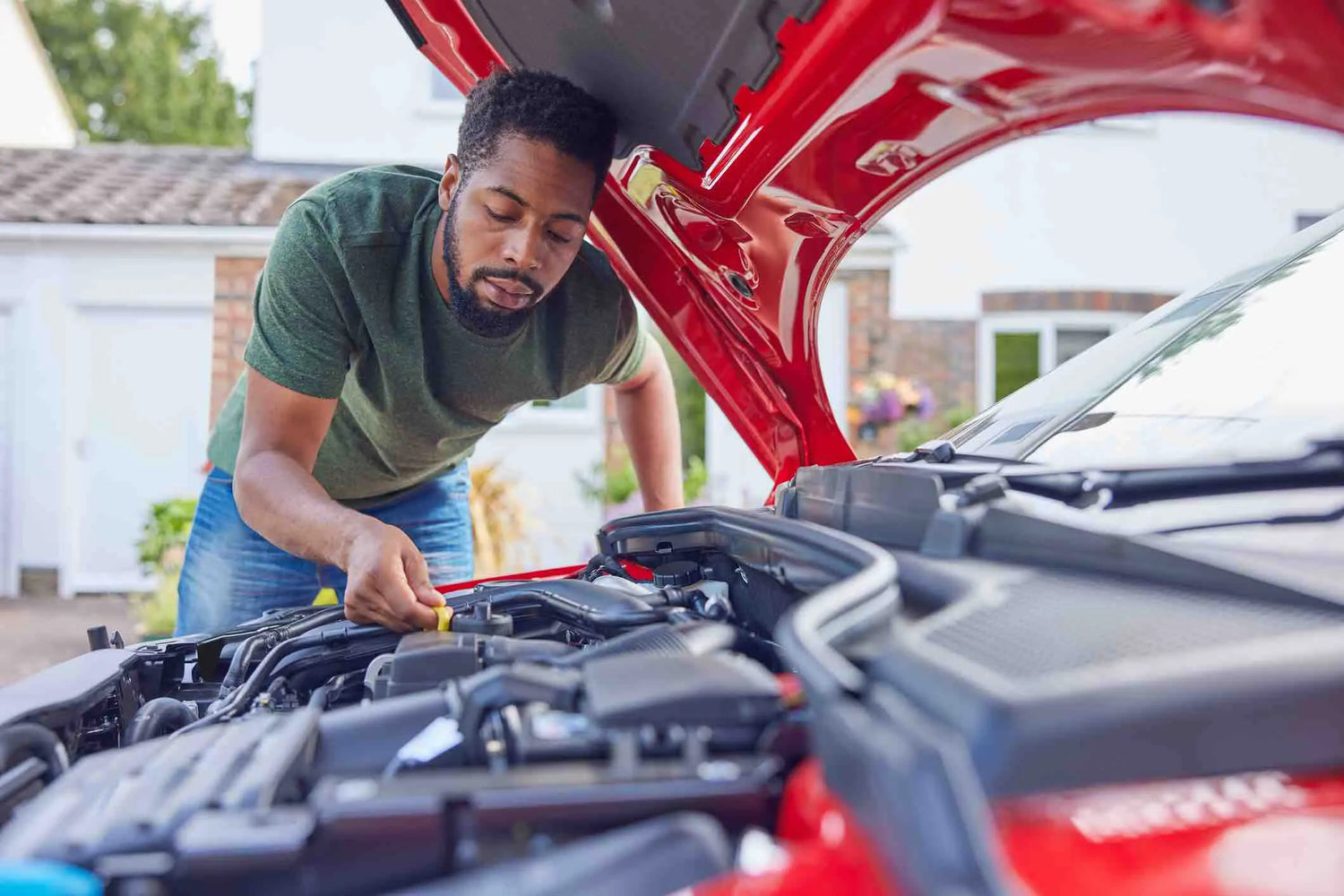Car MOT Checklist
Making sure that your car is up to scratch when it comes to safety and emissions is not only vital for long-term vehicle performance but is also a legal requirement. That’s why preparing for your annual MOT is so important.
Before your MOT is due, use our handy checklist to help tick things off ahead of time…
How Often Does My Car Need an MOT?
If you have a new car, you’ll only need to get an MOT after the third anniversary of its registration. For example, if your car was registered in April 2020 then its first MOT would be due in April 2023.
After that – and for older cars – the MOT becomes an annual, routine test. It lasts for one year from the date it was previously tested, and if you need a reminder, you can request a text alert from the DVLA.
If you want to keep the same renewal date, you can get an MOT up to a month (minus one day) before it runs out. So, if your MOT was due to run out on 10 August, the earliest you could get an MOT to keep the same renewal date for the following year is 11 July.
Can I Drive Without an MOT?
You can’t drive or park your car on a public road if the MOT has run out, and you can be hit with a hefty fine of up to £1,000 if you’re caught driving without a valid MOT certificate.
What Happens If Your MOT Has Expired?
If your MOT expired before you had the chance to renew it, you can only drive it if you’re taking it to or from somewhere to get repairs done, or if you’re taking it to a pre-booked appointment for an MOT test. Remember, the test must have been booked in advance, as you can’t drive the car to make an appointment, only to attend one.
Once your MOT has run out, you can either book an appointment online for a test, or if your tax has run out (you can’t tax your car without a valid MOT), then you’ll need to register your vehicle as ‘off the road’ through the government website.
And once you have your MOT pass certificate, don’t forget to tax your car!
How Much Does an MOT Cost?
The maximum fee for each vehicle is different, but it’s worth knowing that there is a top figure that MOT test stations are allowed to charge. You won’t want to get caught out by unscrupulous mechanics, so make sure you know this ahead of time.
For reference, the maximum fee for a car is £54.85. The UK Government lists the maximum prices that MOT test centres are allowed to charge, based on the type of vehicle that you have.
It’s worth looking out for offers too, as garages often charge promotional rates to win your custom. Some drivers prefer to book a service and MOT at the same time, too, as this can often work out more affordable.
How to Prepare Your Car for Its MOT
Nobody wants to fail a test – especially one you might have to pay for again if you fail. An MOT tester will check the important parts of your car to ensure that they meet the legal standards, leaving you with either a pass or a fail.
If you fail the test, you’ll need to pay for the necessary repairs to make it road legal, so it’s worth doing all the checks you can beforehand to give you the best chance of passing it the first time.
To help make things stress-free on the day, here are some of the key checks to carry out ahead of your MOT…
Collapsible content
Tyres
Your tyres will need to be replaced if any, or all of them, are below the minimum legal tyre tread depth of 1.6mm. A qualified mechanic will ensure they’re safely and properly installed and balanced.
Some tyres have tread wear indicators, or you can measure it yourself with a tape measure. Failing that, you can always use the tried-and-tested 20p coin method. Just insert the rim of the coin into the tyre tread; if you can’t see the outer band of the coin, the tread is safe and should pass the MOT inspection; if you can see the band, your tyres may need to be replaced.
Windscreen and Wipers
The windscreen must be free of cracks or chips larger than 10mm in the area directly in front of the driver. It also can’t have chips/cracks larger than 40mm across the areas covered by wipers.
If you have any visible cracks, it’s always best to get the windscreen replaced to prevent accidents or the complete failure of the windscreen.
Ineffective wiper blades are surprisingly one of the top three reasons for cars failing an MOT, so you should always check that they function properly. Are your wipers no longer up to the job? Check out our range of top-quality wiper blades here to help you pass your MOT.
Top Up your Engine Fluids
There must be enough fuel and oil in the car so that the MOT tester can run the engine.
You can check your engine oil level by using the dipstick.
Your coolant levels should also be correct, along with your washer fluid – many cars fail for not having enough screen wash, even though these are some of the simplest checks you can do before your MOT.
Seatbelts
All the car’s seatbelts must be free of cuts or fraying, retract properly, be securely attached and have a fully functioning clip.
This is essential not only for being deemed functional in your MOT but for keeping you, your family and other passengers safe on journeys.
Lights and Indicators
Checking that all the lights and indicators work as they should, including the lights illuminating the number plate, is essential in ensuring your car is roadworthy.
Everything from your fog lights to your dipped headlights should be working properly. Otherwise, you risk failing your MOT.
To check these, you’ll need to try each one individually by getting out of the car to look at the front and rear lights, as well as the side indicators. You may need a buddy to help with the brake lights and reversing light, or you can just park close to a garage door and check the reflection when the lights are applied.
Additional Requirements
Of course, there are plenty of other things that the MOT tester will look at – they’ll do a comprehensive check of everything from your exhaust emissions to the steering.
Some other checks you can carry out to ensure that you pass your MOT with flying colours include:
- Look over the number plate – it should be clean and have compliant spacing between the black letters and numbers. Your front and back plate should also be white and yellow, respectively
- Inspect your airbags – they must be present and in working order
- Make sure your car battery is leak-free and secure
- Listen to your horn to check that it works
Technical Info and Basic Car Checks
Carrying out basic car checks shouldn’t just be something you do before an MOT – practising good car maintenance habits can save you time and money in the long term, with just a little effort. If you’re looking for more information on the topic, be sure to check out our comprehensive resource, below.



